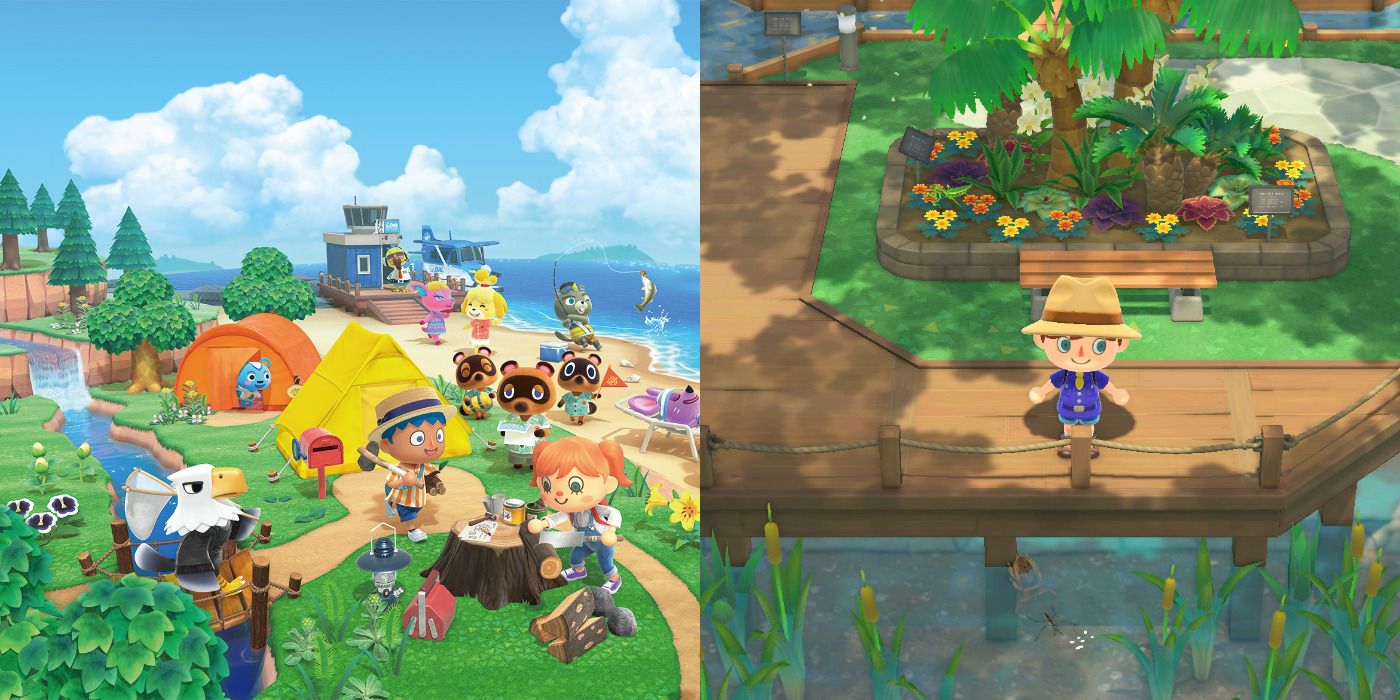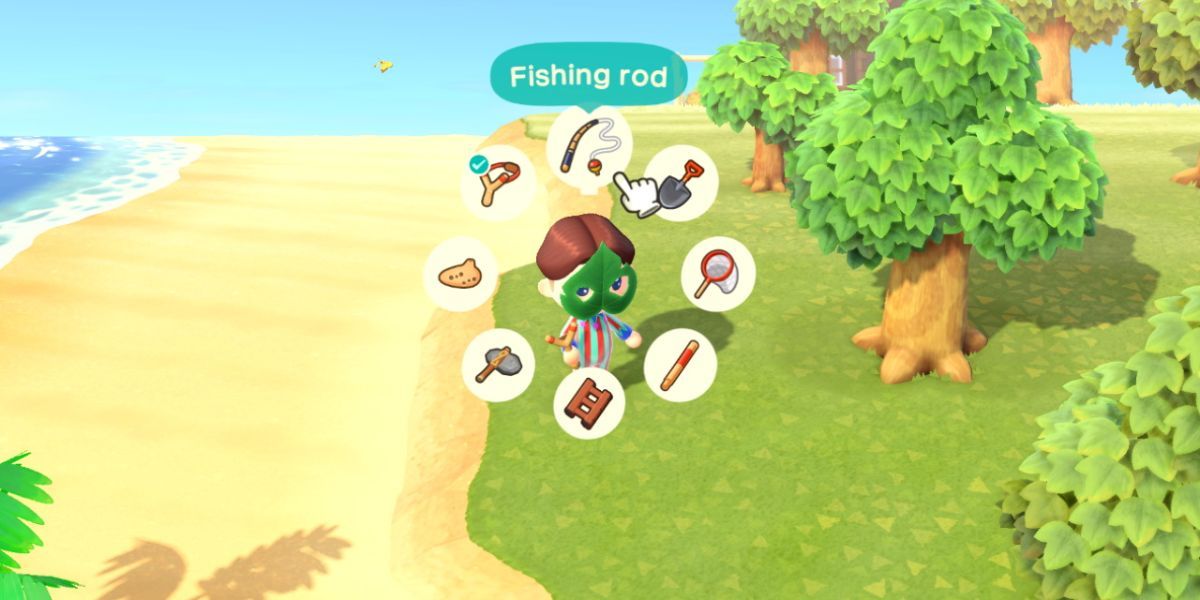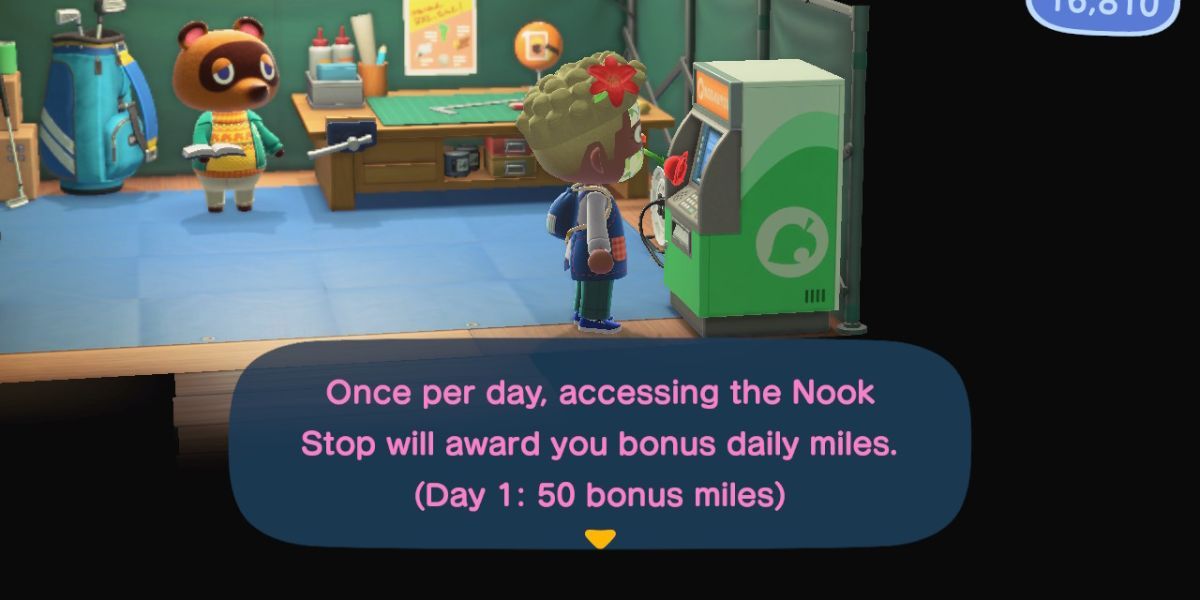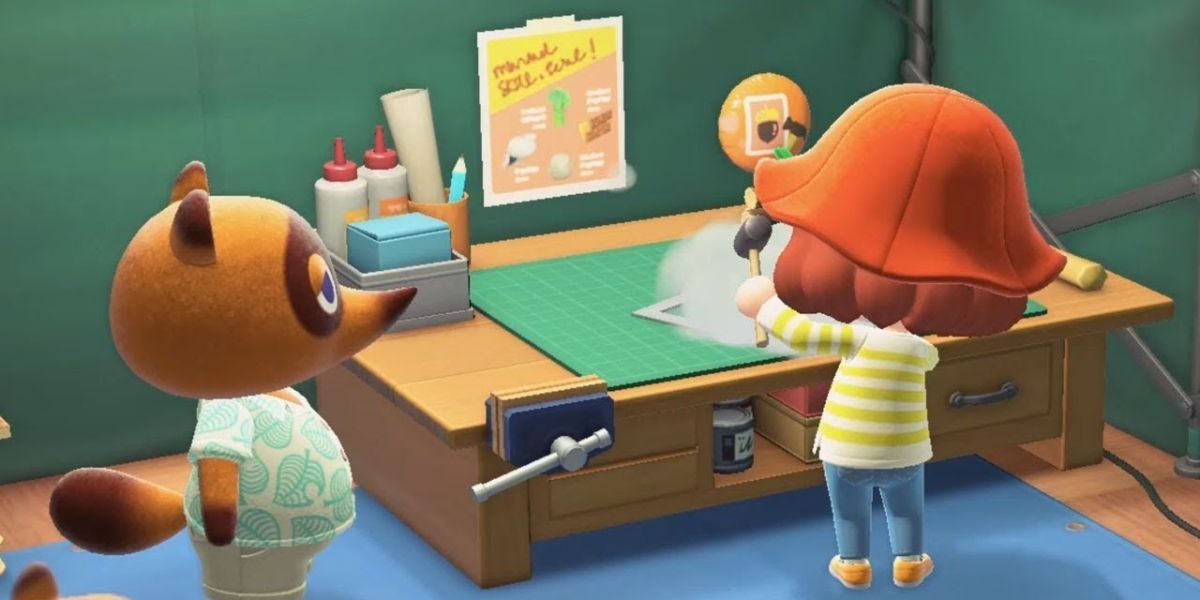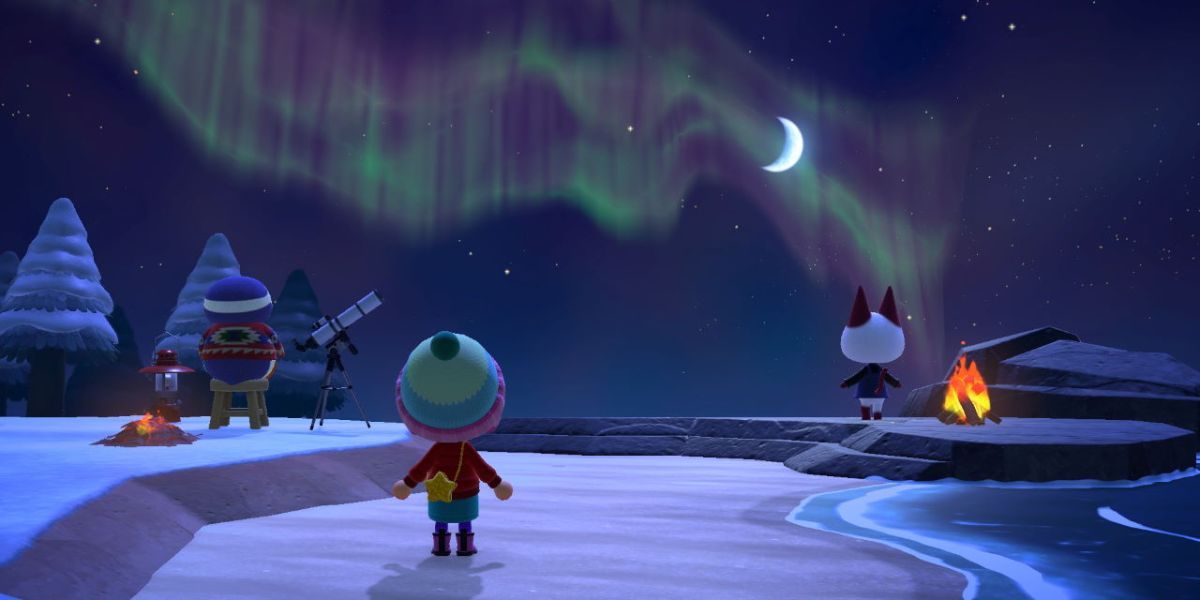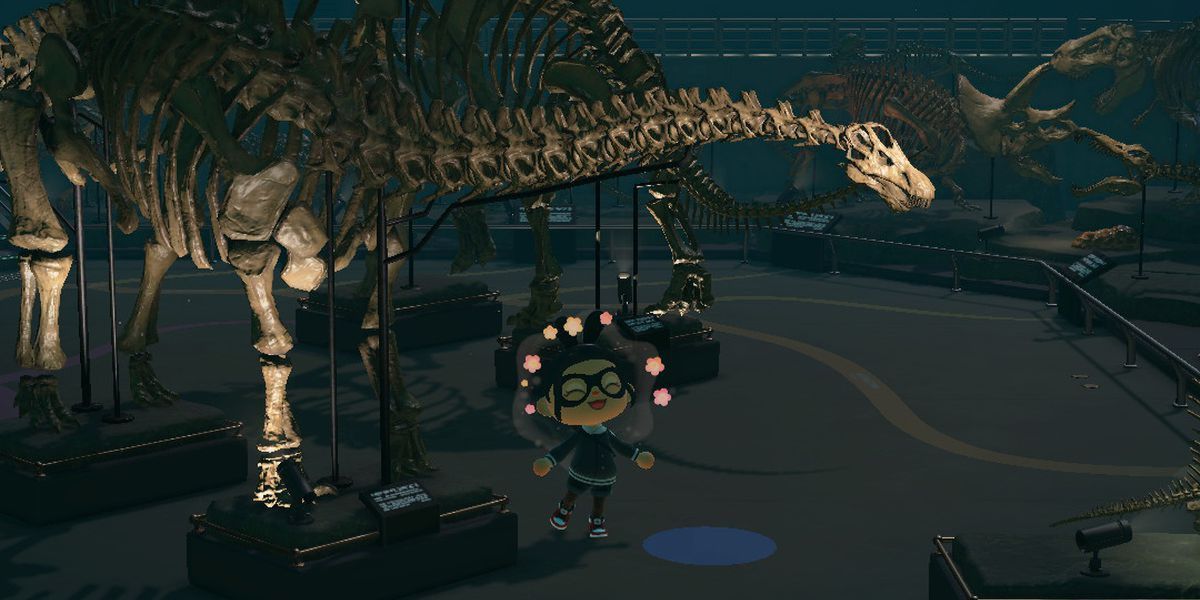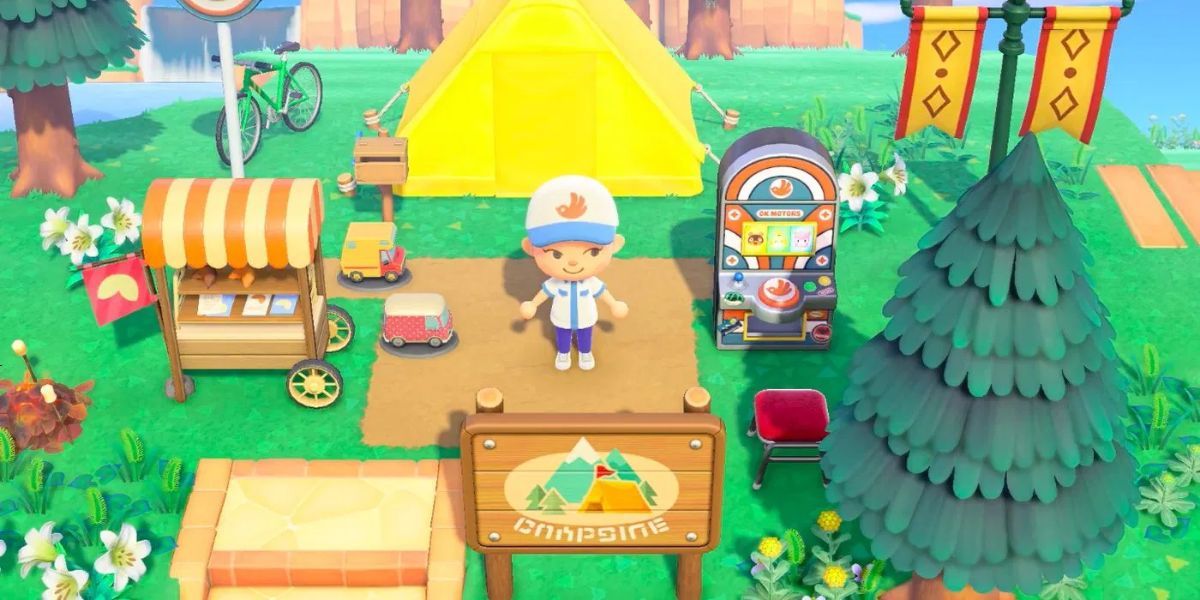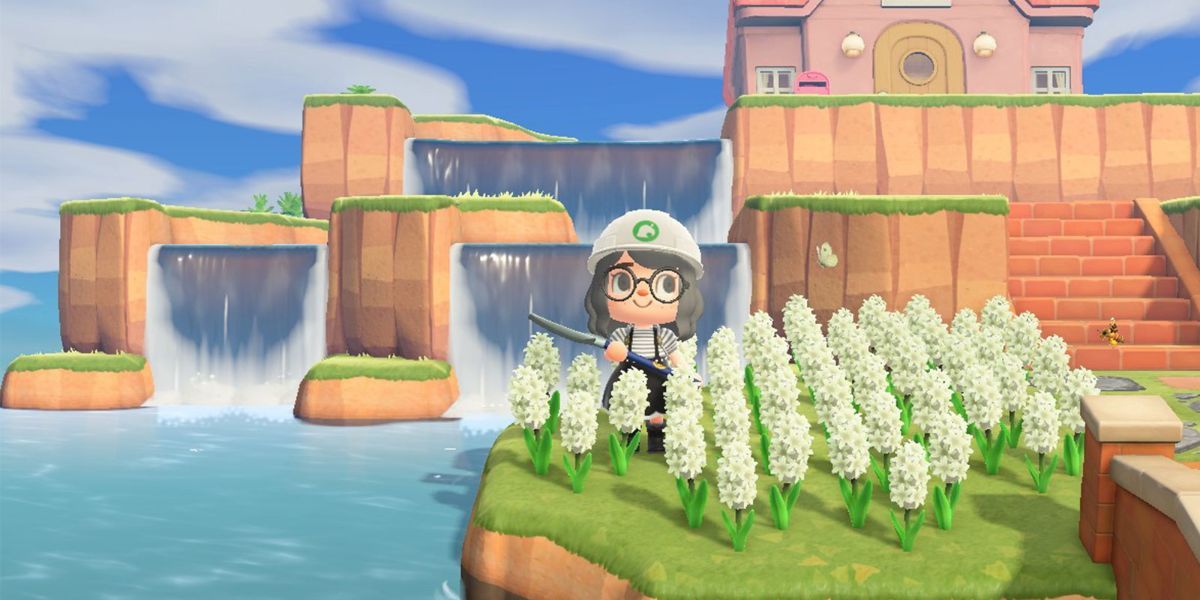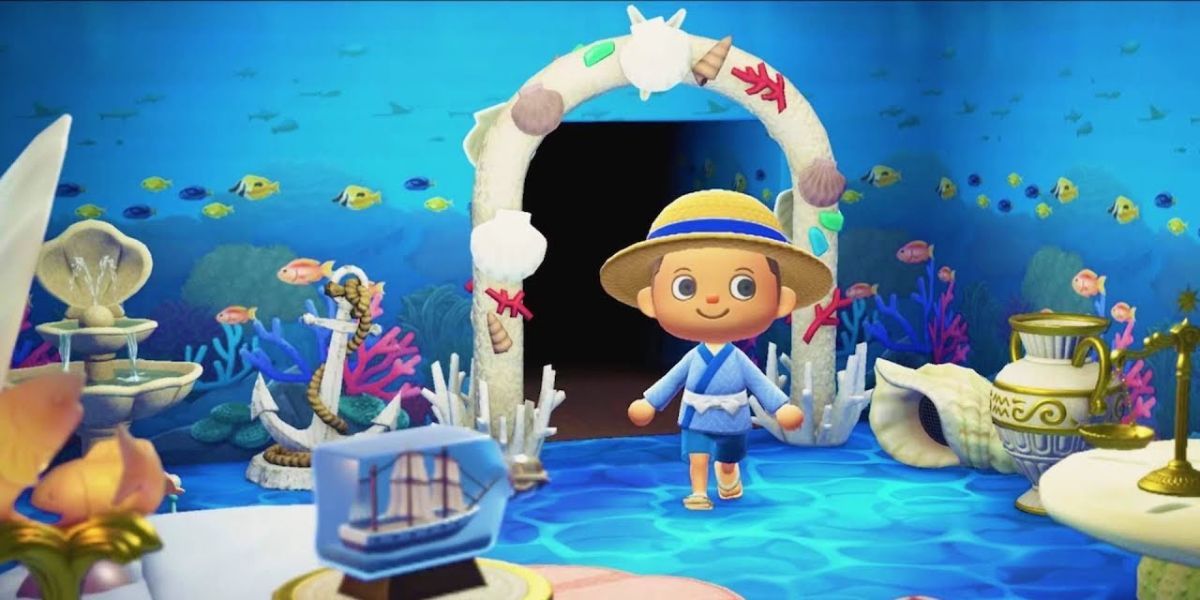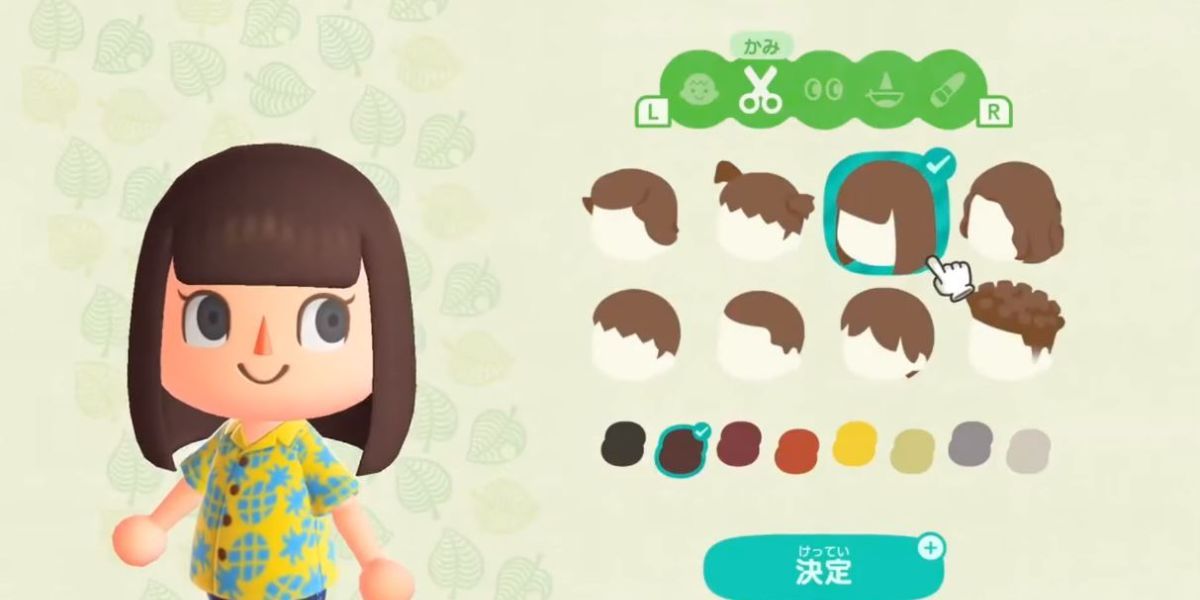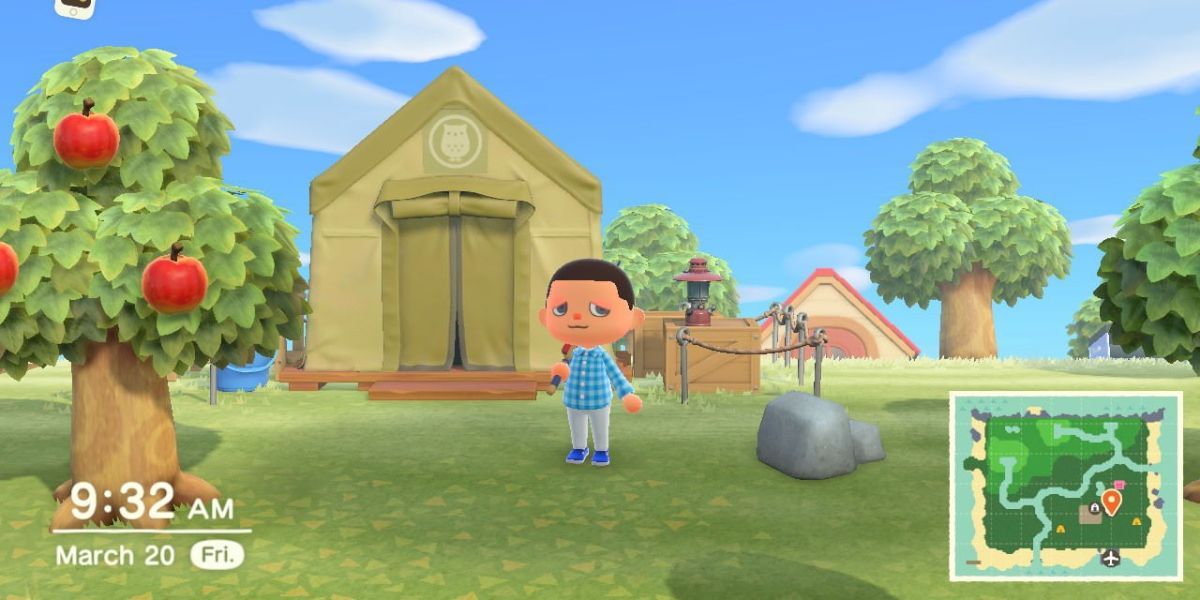Picking a favorite Animal Crossing game, or convincingly arguing which one is the best in the series, can be a tall task. Each game has a fairly unique identity, something that it alone excels at compared to its counterparts in the franchise. That, coupled with a strong personal attachment most players have with their first Animal Crossing experience, makes debating which entry in the franchise is the best one a challenging affair.
Despite the diversity of opinions out there, a strong case can be made for the newest title, Animal Crossing: New Horizons, being at the head of the pack. The game improves on a number of features introduced in previous titles, specifically regarding customization, allowing for an enormous degree of expression and control over the game's island setting.
Quality Of Life Features
"Quality of life" features are something of a hot-button issue among Animal Crossing players at the moment, because many hardcore fans feel that certain new features need to be added to further streamline the New Horizons experience: namely bulk crafting, enhanced multiplayer functionality, and other features.
These arguments have merit, but despite the many areas where the game could have done better, it still improves on earlier Animal Crossing titles in a number of important ways. Features like the tool ring allow for faster tool switching, upgradable pocket space means that players won't have to run home as often to drop off items, and expansive home storage allows players to hoard more items than ever before.
Nook Miles
In past Animal Crossing titles, the accumulation of Bells was the primary pathway for progression. If a player had enough Bells they could upgrade their house, complete public works projects, and buy the game's most expensive furniture. Bells are still important in New Horizons, but the game introduced a new resource to accumulate in the form of Nook Miles.
Nook Miles can be used to purchase new mechanics, character upgrades, and items, which means that the player will want to get a lot of them. The real success, though, is that the player accumulates Nook Miles by completing gameplay challenges rather than selling items, making them feel distinct from Bells mechanically.
Crafting and Customization
In past Animal Crossing titles, the player's primary method of accumulating new items was through simple purchase: if a player had enough Bells they could buy new furniture, clothing, or tools. These options are all still available in New Horizons, but with the novel addition of a crafting system that allows the player to construct their own items.
Gathering the materials for that dresser that a house absolutely must have is an exciting new task that players can set for themselves, fleshing out the gameplay loop of an Animal Crossing session. In addition to constructing new furniture, the player can customize items they've already built or purchased, introducing a lot of variety.
Graphics
New Horizons is a very beautiful game. It might not have the unique, funky style of the original Animal Crossing, but that's easily compensated for by the massive upgrade in graphical fidelity New Horizons has over its prequels. This is the first Animal Crossing title to have HD graphics at its disposal, after all, and the developers have leveraged that technology in impressive ways.
Trees and grass now rustle in the wind, particle effects for water and dust are now more impressive than ever, and the new lighting work does an excellent job of setting the appropriate mood for each hour of the day.
The Museum
The island museum is better looking in New Horizons than in any preceding game. It's such an upgrade that players wonder where Blathers was able to secure the additional funding to make the renovations happen. Not only is it larger than its predecessors, but it also features bigger and better exhibits with larger displays, more interactivity, and impressive ambiance.
The expansive museum makes donating new fish, insects, and fossils even more rewarding than it was before. Watching the various displays come to life across the hours put into an island cultivates an important feeling of progression, while at the same time gives the player a reason to spend more time in the museum.
Outdoor Furniture
Building on the public works projects introduced in New Leaf, New Horizons allowed the player to freely place any piece of furniture anywhere they want in the game world, rather than simply selecting from a fixed catalog like in its predecessor.
This new functionality allows for a totally unprecedented level of customization and flexibility when it comes to an island's appearance. Players can use the freeform placement of furniture in creative ways to bring a unique character to their islands, which, when coupled with the new terraforming tools, has led to some extremely impressive player-generated content.
Terraforming
One of the top-billed new features for New Horizons was the inclusion of so-called terraforming; the process by which a player could manipulate the very terrain of their island to suit their desires. These are late-game tools for the most part, but they allow for a depth of island customization that's never been seen before in an Animal Crossing game.
These new tools have led to some truly arresting islands pictured online, and it's clear from such examples that players with an eye for creativity can pull off some incredible things. The towns of New Horizons are some of the best-looking the series has to offer, and it's thanks in large part to the terraforming tools.
Interior Decoration
Animal Crossing players have always been thrilled at pushing and pulling furniture around their houses, and then upgrading their houses with increasingly outrageous sums so that they have more space to push and pull furniture around in. New Horizons gives the player a new level of control over the interior decoration process through the new decorator mode, greatly streamlining the process by which items can be shifted around.
This new functionality practically guarantees that players will spend unreasonable lengths of time obsessing over the placement of each individual item, shifting each around from point to point to try and find the perfect expression of their design dreams.
Character Customization
Character customization in New Horizons is deeper and more streamlined than ever before. With an unprecedented range of clothing options available, the player can now pick and choose their character's appearance all the way down to their socks, making the player's avatar far more expressive than in the past.
Furthermore, for the first time in the Animal Crossing series, the player is able to adjust every aspect of their character's appearance on the fly -- including hair, skin tone, and facial features. Clearly, the series has come a long way since the original Animal Crossing title where a player was stuck with the eyes they were given at the beginning of the game.
Progression
Unlike other Animal Crossing titles, New Horizons sees the player deeply involved in the very foundation of the town they'll be inhabiting. Where other titles have the player moving into an already incorporated village, the New Horizons player character is tasked with laying the foundations of the entire settlement.
This lends the game an exceptionally well-executed sense of progression, one that's particularly prominent in the earlier parts of the game. There's a strong feeling of accomplishment that the player feels after scraping the materials together for the shop or furnishing the necessary donations to construct the museum, which does a lot to make the player feel connected to the game's setting.

